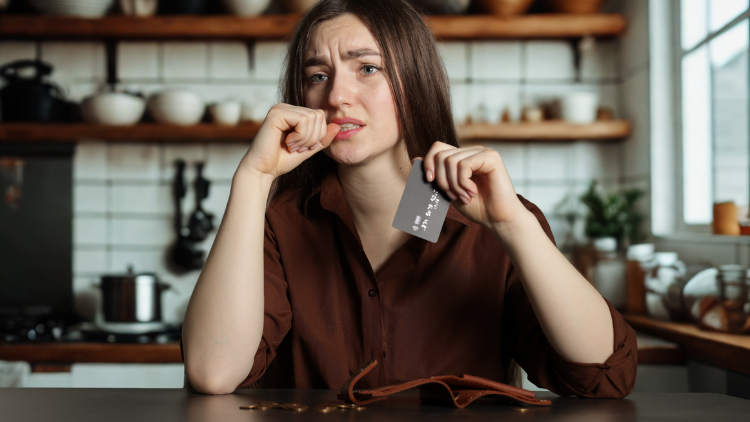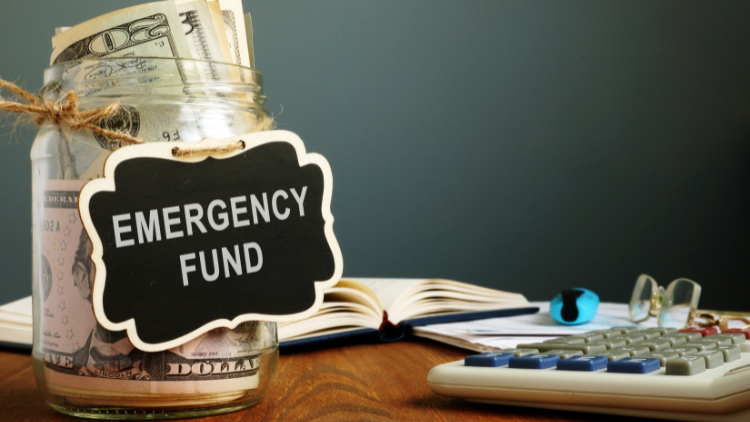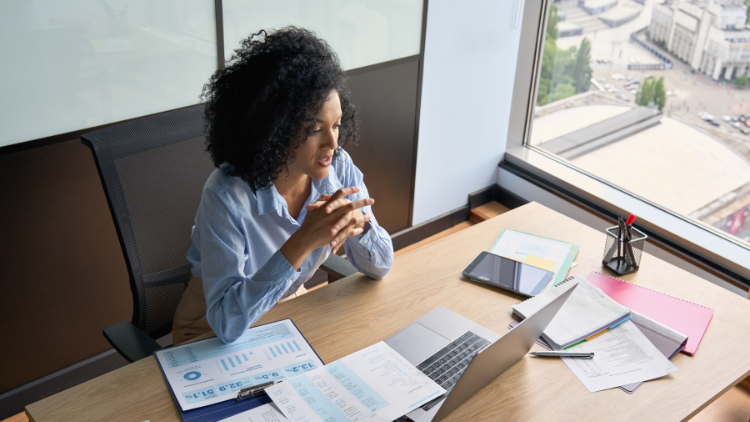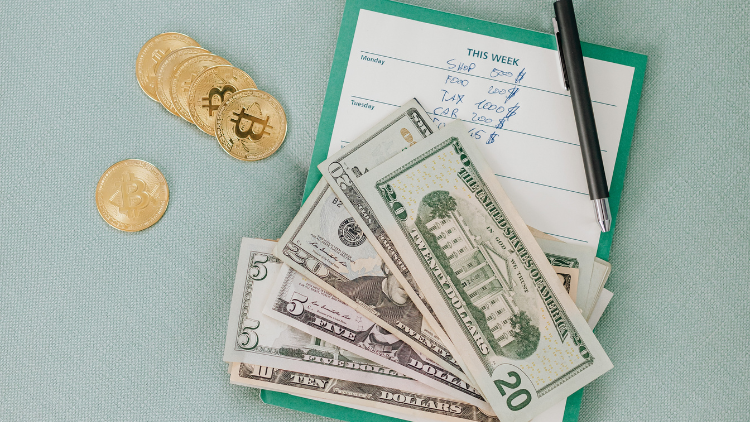It’s a feeling every adult knows: that sudden, sinking pit in your stomach when the car starts making a clunking noise, the water heater goes cold, or a surprise medical bill arrives in the mail.
For millions of people, the first thought isn’t, “How will I pay for this?” but rather, “Which credit card has enough room on it?”

This is the start of a vicious cycle. You swipe the card to solve the immediate problem, but you’re really just trading one crisis for a slow-burning one: high-interest credit card debt.
An emergency fund is your ticket out of this cycle.
It is a financial shock absorber that turns a potential catastrophe into a manageable inconvenience. It’s the single kindest thing you can do for your future self. This playbook will show you how to build one, step by step.
What Exactly is an Emergency Fund?
An emergency fund is a simple concept: it is a cash reserve, set aside for one purpose only, to cover large, unexpected expenses.
What it’s FOR:
- Sudden job loss
- Urgent medical or dental bills
- Critical home repairs (like a broken furnace or leaky roof)
- Major, unexpected car trouble
What it’s NOT FOR:
- A planned vacation
- Holiday or birthday gifts
- A down payment on a house
- A new gadget you really want
Those are all valid savings goals, but they are separate from your emergency fund. This money is your safety net, and it should only be touched in a true emergency.
The Vicious Cycle: Why Credit Cards Are Not Emergency Funds
When you charge a $1,000 car repair to a credit card with a 22% APR, your emergency doesn’t cost $1,000. If it takes you two years to pay off that balance, you’ll end up paying hundreds of dollars in interest, making the crisis even more expensive. You’re digging the hole deeper.
An emergency fund is cash you own, meaning the cost of the emergency is just the cost of the emergency—nothing more.
Your Playbook: How to Build Your Fund, Step-by-Step
The thought of saving thousands of dollars can feel impossible. So we’re not going to start there. We’re going to start with a goal that is achievable and provides immediate peace of mind.
Step 1: Build a “Starter” Emergency Fund of $1,000
Before you do anything else—before you aggressively pay down debt or save for retirement—focus on this one goal. A $1,000 buffer can cover a huge number of common emergencies, from a new set of tires to an urgent dental visit.

To get there quickly, you may need to take short-term, aggressive action, like selling unused items from your home, temporarily cutting a subscription, or picking up a side gig for one month. The goal is to get this starter fund in place as fast as possible.
Step 2: Choose the Right Home for Your Money
Your emergency fund needs to be liquid (easy to access) but not too easy to access. Don’t keep it in your regular checking account where you might accidentally spend it.
The best place for it is in a separate high-yield savings account (HYSA). These accounts are FDIC-insured, completely safe, and pay a much higher interest rate than a traditional savings account, allowing your money to grow while it sits.
Step 3: Make it Automatic
The secret to consistent saving is to remove willpower from the equation. As soon as you open your HYSA, set up an automatic, recurring transfer from your checking account. Schedule it for every payday, even if you can only start with $25.
This “pay yourself first” method, recommended by countless financial experts and consumer agencies like the Federal Trade Commission (FTC), ensures that you are consistently building your savings without having to think about it.

Step 4: Grow it to a “Full” Fund (3-6 Months of Expenses)
Once your starter fund is complete and any high-interest credit card debt is paid off, it’s time to grow your fund to its full size. Calculate your essential monthly living expenses (rent/mortgage, utilities, food, transportation, insurance). Multiply that number by three to six. This is your ultimate goal. At this stage, you can redirect the money you were using for debt repayment directly into your emergency fund until it’s fully funded.
Where to Find the Money
- The Budget Trim: Review your 50/30/20 budget and trim from the “Wants” category.
- Save Your Windfalls: Did you get a tax refund, a work bonus, or a cash gift? Before you spend it, put at least half of it directly into your emergency fund.
- The “Round-Up” Method: Mention apps or bank features that round up your purchases to the nearest dollar and save the change.

Building an emergency fund is a journey, not a race. Every dollar you set aside is a vote for a future with less stress and more freedom. By taking the first small step today, you are breaking the cycle of debt and taking back control of your financial life.
Frequently Asked Questions (FAQ)
Should I save for this or pay off my credit card debt first?
This is a classic financial dilemma. Most experts recommend this order of operations: 1) Save up your starter emergency fund of $500 to $1,000 first. This provides a crucial buffer. 2) Aggressively pay off all high-interest debt (like credit cards). 3) Once the debt is gone, focus on building your emergency fund to a full 3-6 months of expenses. You can find more resources on this from educational partners of the government, like the University of Florida Extension’s guides on debt.
What do I do after I have to use my emergency fund?
After an emergency, your number one priority is to pause other savings goals (like retirement contributions beyond your 401(k) match) and immediately start rebuilding your fund back to its previous level.
Where can I find a good high-yield savings account?
Many online banks and financial institutions offer them. When comparing, look for an account that is FDIC-insured, has no monthly maintenance fees, and offers a competitive Annual Percentage Yield (APY).
WalletAware shares education, not individualized financial advice. Always confirm current terms on the issuer’s site before applying.